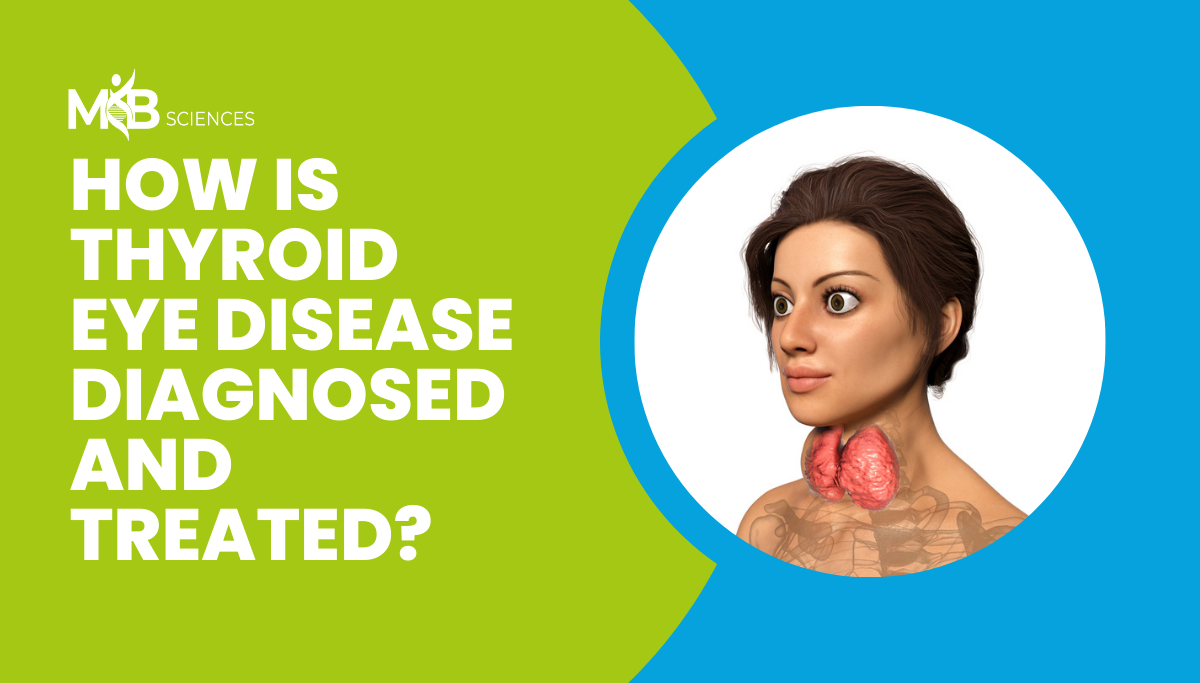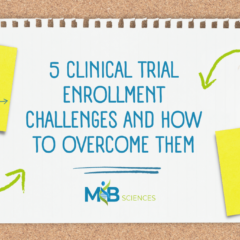How Is Thyroid Eye Disease Diagnosed And Treated?
If you have been diagnosed with Grave’s disease or Hashimoto’s Thyroiditis and you’re experiencing persistent eye pain, inflammation, vision problems, and changes in the appearance of your eyes, you may also have a condition known as thyroid eye disease.
Thyroid eye disease (TED), also known as Graves’ orbitopathy, thyroid-associated orbitopathy, or Graves’ eye disease, is an autoimmune condition that causes inflammation and swelling of the eye muscles and tissue around the eyes. This can create bulging, watery eyes, sensitivity to light, or double vision.
In the most serious cases, thyroid eye disease can cause vision loss when the inflamed muscles and tissues put pressure on the optic nerve. Here’s what you need to know about the diagnosis and treatment of thyroid eye disease.
How is thyroid eye disease diagnosed?
A thyroid eye disease diagnosis usually begins with an eye exam by an ophthalmologist, who will review your eye health and perform tests to evaluate your vision. They will also ask about your medical history, including any thyroid disorders, and may order blood tests if you have not already been diagnosed.
Your eye doctor will look for symptoms of thyroid eye disease, including:
- Inflammation
- Eyelid retraction
- Incomplete and frequent blinking
- Jerky movements of the eyelids as you look downward
- Abnormal pigmentation on your upper eyelid
- Swelling in your lower eyelid
- Restricted eye movements
- Bulging of the eyes (known as proptosis)
They may use a device called an exophthalmometer to measure how far your eyes have moved forward.
Your doctor may also order a CT scan or MRI for a closer look at how the anatomy of your eyes and how the swollen eye muscles are impacting your vision.
What are the differences between thyroid eye disease, Graves’ disease and Hashimoto’s disease?
Graves’ disease and Hashimoto’s disease are both autoimmune disorders that affect the thyroid differently. Graves’ disease causes hyperthyroidism, where the immune system produces excessive thyroid hormones. Hashimoto’s disease is the most common cause of hypothyroidism, or a lack of thyroid hormone production.
Approximately 25-50% of patients with Graves’ disease will also develop thyroid eye disease.
A thyroid eye disease diagnosis is much less common in patients with Hashimoto’s thyroiditis, with very few cases reported until recently. Additionally, about 10% of thyroid eye disease cases occur in people who have low or normal thyroid hormone levels.
What are the risk factors for thyroid eye disease?
A thyroid eye disease diagnosis is most common among women and most likely to occur during middle age.
Other risk factors include a history of radioactive iodine treatments for thyroid disorders and smoking or being exposed to secondhand smoke, which increases inflammation.
The British Thyroid Foundation estimates smokers are twice as likely to develop thyroid eye disease compared to non-smokers, and heavy smokers are up to eight times more at risk.
How is thyroid eye disease treated?
Treatment for thyroid eye disease varies depending on its progression and severity. Doctors often prescribe steroids, such as prednisone, to reduce inflammation.
However, these treatments work by suppressing the immune system and often have side effects, including insomnia, increased appetite, weight gain, hypertension and an increased risk of infection or illness. These side effects are more common for patients who use prednisone in high doses or over a long period of time.
In serious cases, patients may need surgery to reduce bulging or correct double vision.
Tepezza (teprotumumab) is the first drug the FDA approved specifically to treat thyroid eye disease. Clinical trials found it reduced eye protrusion for the majority of patients without surgery. Unlike oral treatments, however, Tepezza is administered by intravenous infusions once every three weeks for a total of eight infusions. Each infusion can take 60-90 minutes and must be performed by a healthcare professional. This makes it inconvenient and potentially unaffordable for many patients.
It can also have serious side effects, including muscle spasms, nausea, diarrhea, headache, and fatigue.
To give patients more options for treating thyroid eye disease, clinical trial sponsors are testing investigational oral medications. To learn more about clinical trials for thyroid eye disease, visit NeighborhoodTrials.com/LIDS



